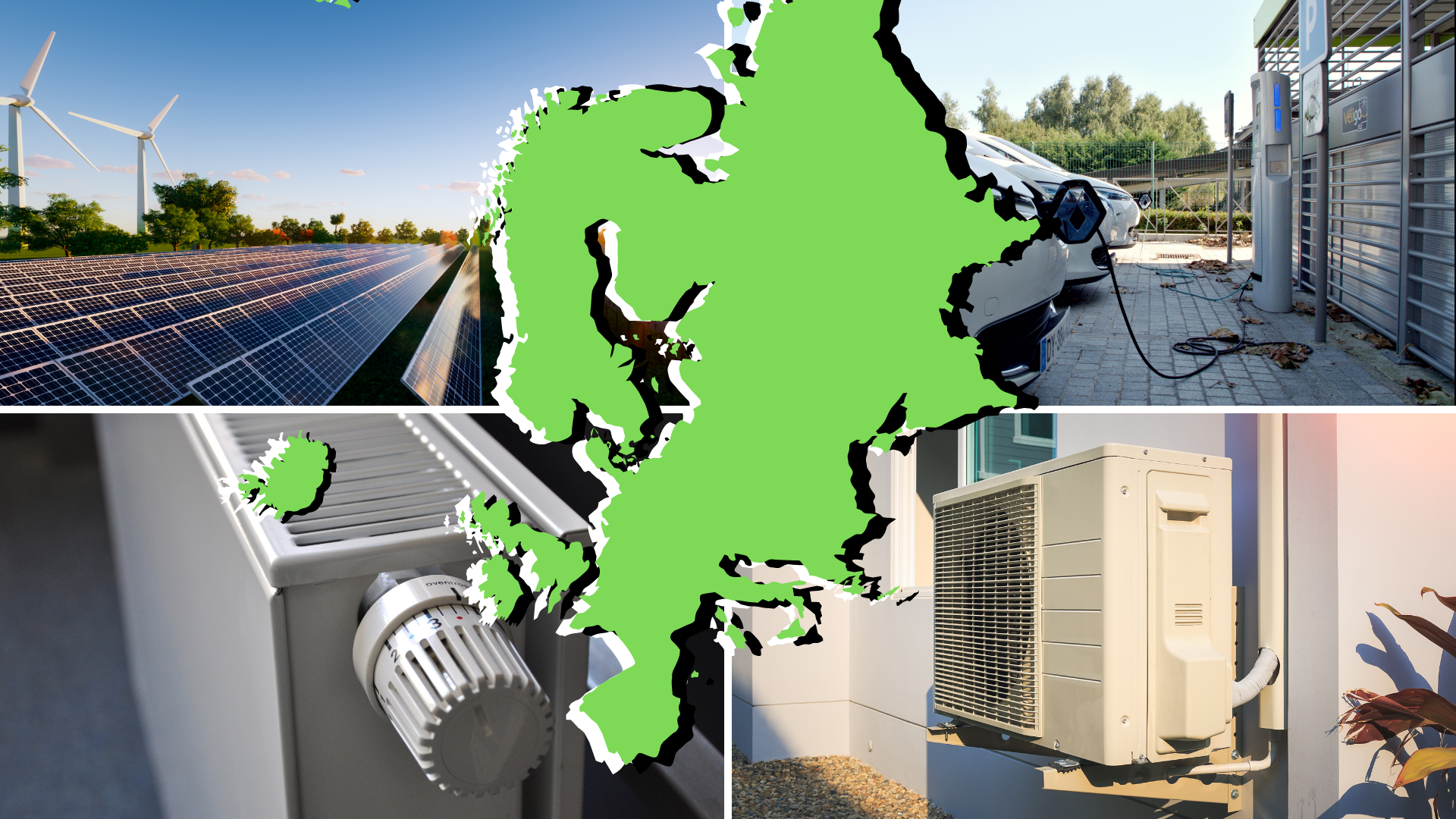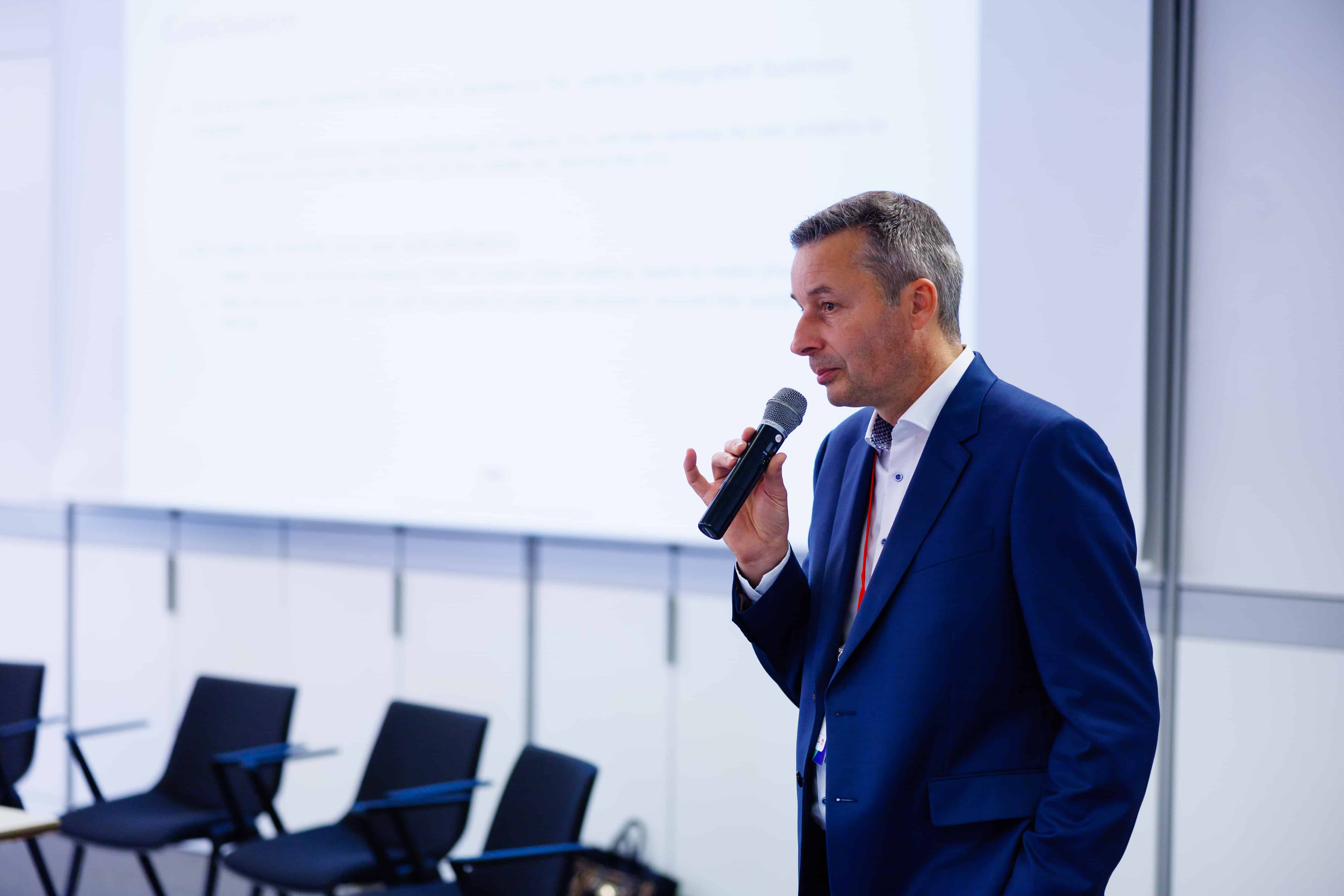
The fact that we need to cut down on carbon dioxide emissions at breakneck speed to prevent a 21st century climate catastrophe is more than obvious by now. Judging by the macabre news headlines, alarming research reports and ominous predictions for the near future, a sustainable future still seems a long way off. Yet there is plenty of momentum in Europe. Is it enough? Most likely not.
But it is clear from Eurostat’s statistics that many governments have invested heavily in more sustainable ways of managing their energy consumption needs. Yet the differences on a continental level are considerable. Tiny Iceland and oil-rich Norway were the continental leaders in 2020. Whereas Luxembourg and Malta had the lowest percentage of their energy consumption coming from renewable sources that year.
From fossil fuels to green sources
Whether it is for a cleaner planet, curbing the greenhouse effect or reducing dependence on Russian gas, cutting back on fossil fuels is a top priority all over Europe. While there is always room for doing more, this does not mean that nothing is being done. In every country, the proportion of energy consumption generated by biomass, hydropower, wind or sunlight has increased.
This is immediately apparent from a glance at the following chart that uses incremental percentages to illustrate the race between countries on the ‘greening’ of energy consumption between 2004 and 2020. The Netherlands, which for years was at the bottom of this list, seems to have begun a modest catch-up process. Nevertheless, the gap with the leading group is still quite sizeable.
Heating, lighting and transport
Sparsely populated countries with relatively large altitude differences such as Albania, Norway, Iceland and Sweden top the list. This is not surprising, as in these countries hydropower plants are a viable means of generating energy and have long been the most efficient source of renewable electricity.
Yet this does not mean that the ‘low’ countries are incapable of meeting their sustainability targets by a long shot. A good example is Denmark, where wind turbines currently generate more than half of their electricity. By 2030, this should amount to 100 per cent of electricity and 55 per cent of total consumption – including heating.
Eurostat measures the total energy consumption of a country using three different sub-figures: electricity, heating/cooling and fuel for vehicles. The maps below show how these sections are scored. In the coming weeks, this column will zoom in on these details.
Green champions
Who is the greenest in Europe? That depends a bit on what you are paying specific attention to. In the ‘combined’ ranking, Iceland is number one, Norway number two and Sweden number three. In the indoor climate section, the islanders also take the gold, followed by Sweden and a bronze for Montenegro, which needs more air conditioning than central heating due to its climate.
Electricity is greenest in Norway, – again – Iceland and, surprisingly, Albania, where over hunderd per cent of electricity comes from a non-fossil source. Higher-income countries have a significant lead when it comes to electric vehicles. Again, there is Scandinavian supremacy with Sweden in the lead, followed by Norway. This podium has two number threes: Finland and… the Netherlands!
Support us!
Innovation Origins is an independent news platform that has an unconventional revenue model. We are sponsored by companies that support our mission: to spread the story of innovation. Read more.
At Innovation Origins, you can always read our articles for free. We want to keep it that way. Have you enjoyed our articles so much that you want support our mission? Then use the button below:








